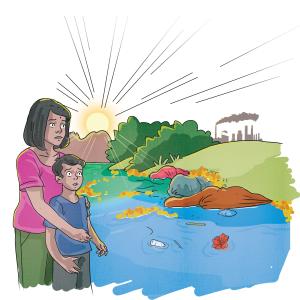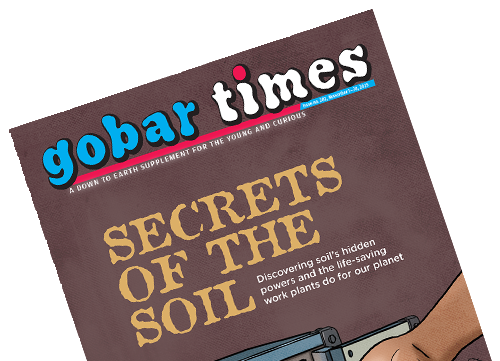
Journalists, leaders, and experts gathered at the Anil Agarwal Dialogue (AAD) 2025 to tackle climate change, water crises, pollution, and the future of our planet!

From pollinators to silk weavers, moths play a crucial role in our ecosystem. Discover their beauty, importance, and an incredible rearing journey!

Toxic air is seeping into classrooms! From smoky school buses to burning trash, air pollution is harming students. Discover a teacher’s plea for cleaner air and healthier schools.

A one-to-one conversation with the moon helps Piu understand why the celestial object is so important for our planet

The volume of summer Arctic Sea ice has reduced by 80 per cent since 1979. The measurement is taken every September when the ice cover is at its minimum.

As millions gather for Maha Kumbh 2025, can we ensure our rivers remain clean? Aarav’s journey reveals the urgent need to protect our sacred waters from pollution and neglect.

It is that time of the year again when that eternal question pops up: Is the pursuit of excellence the sole aim of India’s educational system?

Watery Wonders: Babbi and Family Explore the Tasty Offerings of Our Disappearing Wetlands

The Magic of Millets: Babbi and Family Rediscover the Goodness of Traditional Millet Recipes!

A high schooler’s journey to uncover the mystery behind disappearing butterflies and some simple ways we can all conserve them.

